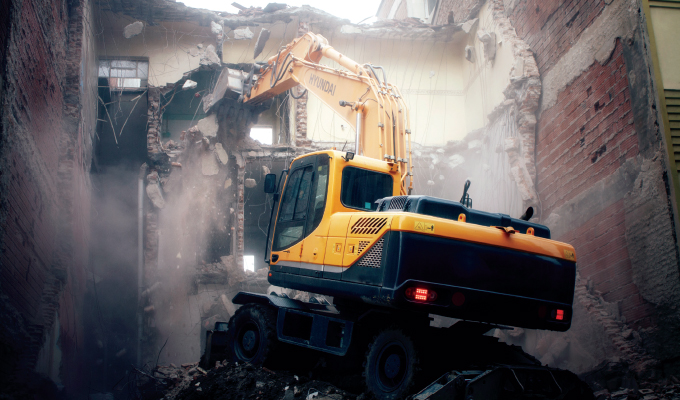By Jane Marsh
According to Statista, the construction industry is one of the largest globally, employing more than 11 million people in the United States alone. Its sheer size also makes it a major contributor to air pollution worldwide. This sector is responsible for anywhere from 25%-40% of the world’s carbon emissions every year, says Bold Business, and poor air quality puts construction workers’ health at risk.
What can you do to improve air quality at construction sites?
UNDERSTAND AIR POLLUTION
Understanding the kind of pollution you may encounter on a construction site is the first step to improving air quality. It can be made up of particulate matter less than 10 microns in diameter (PM10), volatile organic compounds (VOCs), various gases such as carbon dioxide and carbon monoxide, and other dangerous chemicals that can bind to floating dust and particulate matter.
Construction and demolition on older buildings often create the added risk of lead and asbestos, both of which were often used in construction before the 1970s.
KEEP DUST TO A MINIMUM
Everything from cutting concrete to a stiff breeze can stir up clouds of silica dust. While this isn’t a health risk in the short term, long-term exposure can cause lung damage and a condition called silicosis.
One of the easiest ways to improve construction site air quality is to prevent the dust from reaching the air in the first place. Vegetation, water trucks, and other dust suppressants can help keep it on the ground where it belongs. Even something as simple as reducing your speed when driving through the jobsite can keep vehicles from kicking up debris and improve on-site air quality.
Dealing with dust inside a work structure may require a dust extractor or air filtration system to improve interior air quality, especially if there are high concentrations of dust or chemical fumes.
REDUCE IDLE TIME
We get it—there are times when your equipment may be in a holding pattern, waiting for the opportunity to carry out its task. If it’s a difficult vehicle to start, it might make more sense to allow the engine to idle, but this can contribute to poor air quality.
UTILIZE HYBRIDS
A couple of decades ago, hybrid construction vehicles weren’t an option. As technology advances and the industry takes steps to reduce its collective carbon footprint, they’re becoming more accessible every year. If you have access to hybrids, use them whenever possible. If you don’t, choose low-sulfur diesel fuel to reduce emissions and energy use.
LIMIT TOXIC CHEMICALS
Some of the chemicals and products used in the construction industry can be considered toxic. While their use isn’t always avoidable, we should reduce their usage. If we can’t, it’s essential to ensure PPE is available and chemicals don’t soak into the ground or impact surrounding areas.
CLOSING THOUGHT
The construction industry might be one of the leading contributors to global air pollution, but that doesn’t mean you need to put your crew or surrounding neighborhoods at risk to complete a job. Take steps to improve interior and exterior air quality to protect your team in the short term and reduce the overall impact of your company on the environment.
About The Author
Jane Marsh is an environmental and green technology writer who covers topics in sustainable construction and green building materials. She also works as the editor-in-chief of environment.co.
Modern Contractor Solutions, June 2021
Did you enjoy this article?
Subscribe to the FREE Digital Edition of Modern Contractor Solutions magazine.



